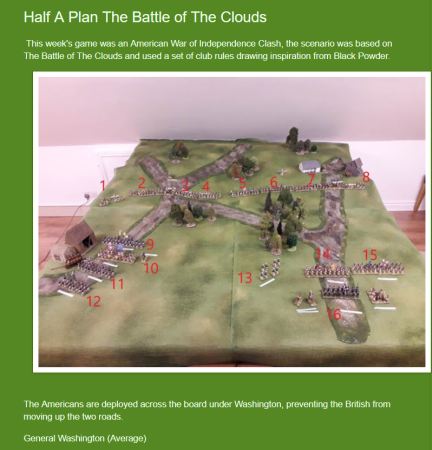
A Complete Guide to the Vessels Available for Admirals in Black Seas
With the announcement of the new Hold Fast! supplement for Black Seas, here is a comprehensive look at how ships of the period were categorized.
Britain's Royal Navy introduced a system of rating the ships of its fleet based on the number of guns they carried. This rating system takes its name from the capability of ships to stand in a line of battle (Ship-of-the-Line). Initially introduced by Samuel Pepys in 1677, the rating system underwent numerous revisions until the late 1800s. After its introduction, the other nations also adopted very similar systems to categorize their ships.
First Rates
The largest ships were classified as 1st rate. They were capable of incredible firepower and able to withstand severe damage. They were very costly to build and to maintain, but were magnificent warmachines that inspired fear and awe in the enemy. By the late 18th century, 1st rate vessels came to be defined as a Ship-of-the-Line that did not mount any less than 100 guns.
Ships of this size were extremely expensive to operate. This can be demonstrated by the Royal Navy only having five completed in 1794. They tended to be used as commanding flagships, and then only during times of conflict. This ensured a longer life by less exposure to the rigors of the sea. This is how ships like HMS Victory were able to serve at Trafalgar, despite having been in service for 40 years at that point.
The U.S. Navy did not operate such large vessels, but their 3rd Rate frigates were exceptionally reinforced and often overgunned.

Second Rates
A 2nd rate ship-of-the-line was something of a hybrid; carrying between 90 and 98 guns, sitting in between the larger statures of 1st rates and the smaller but far-more popular 3rd-rates, there were relatively few 2nd rates built during the carronade era.
Three-decker 2nd-rates were primarily used by the British. Their height relative to their length lent them a reputation as handling poorly. They were, however, able to withstand great punishment, and could often be mistaken as 1st rates at a distance, giving enemy commanders much pause for thought where engaging was concerned.

Third Rates
A 3rd Rate ship, as defined by the rating system, was a ship of the line which mounted between 64-80 guns. Usually, this would mean two gun decks. Despite their relative size and power compared to the larger 1st and 2nd rates, it was considered that 3rd Rates maintained an effective, perhaps even superior balance between sailing ability, firepower and cost.
3rd Rates would thus become fairly common as the seventy-four gun ship folded neatly into this categorization. It was the most popular size of ship for several navies of a number of nations; being cheaper to operate and easier to sail than 1st or 2nd rates, but still maintaining enough offensive capability to take on most single opponents (with the exception of three-decked ships).
In Black Seas, third rates are further sub-categorized as large or small, the key difference being that the smaller version lacks the broadside carronade and stern light cannon of its larger brethren, but may serve you better for its relative points value when it comes to flexible fleet-building.

Frigates & Brigs Flotilla
Frigates were perhaps the hardest-worked of warship types during the Age of Sail. A small warship with a perfect balance of speed, armament and resilience that made it one of the perfect vessels for single-ship action and privateering against merchant ships. It usually had one main gun deck as well as the guns positioned on the top decks. These were categorized as either 5th or 6th rate within the British Rating System, dependent on the number of guns they mounted.
The 5th rates were the archetypal frigates of the period. Used for single-ship actions and privateering, they could make their crews very rich as a result of the share of the prize money for any captured ship. A frigate was a desirable posting for a Royal Navy officer as they often saw action, so glory and promotion were more likely in addition to monetary benefits.
Frigates scouted for the fleet, went on commerce-raiding missions and patrols, and conveyed messages and dignitaries. Usually, frigates would fight in small numbers or singly against other frigates. They would avoid contact with ships-of-the-line; Indeed, even in the midst of a fleet engagement, it was bad etiquette for a ship of the line to fire on an enemy frigate that had not fired first… Wargamers take note!
Brigs meanwhile were two-masted square-rigged vessels, with between 10 and 18 cannons, frequently used in combat actions by various navies. Ships with less than 20 cannons were considered Unrated. These were not really meant to participate in large battles – that was the domain of the ships of the line. However, they were the vessels of choice for privateers and still played a valuable role during larger battles, relaying orders and messages in a similar fashion to the 6th rates.









